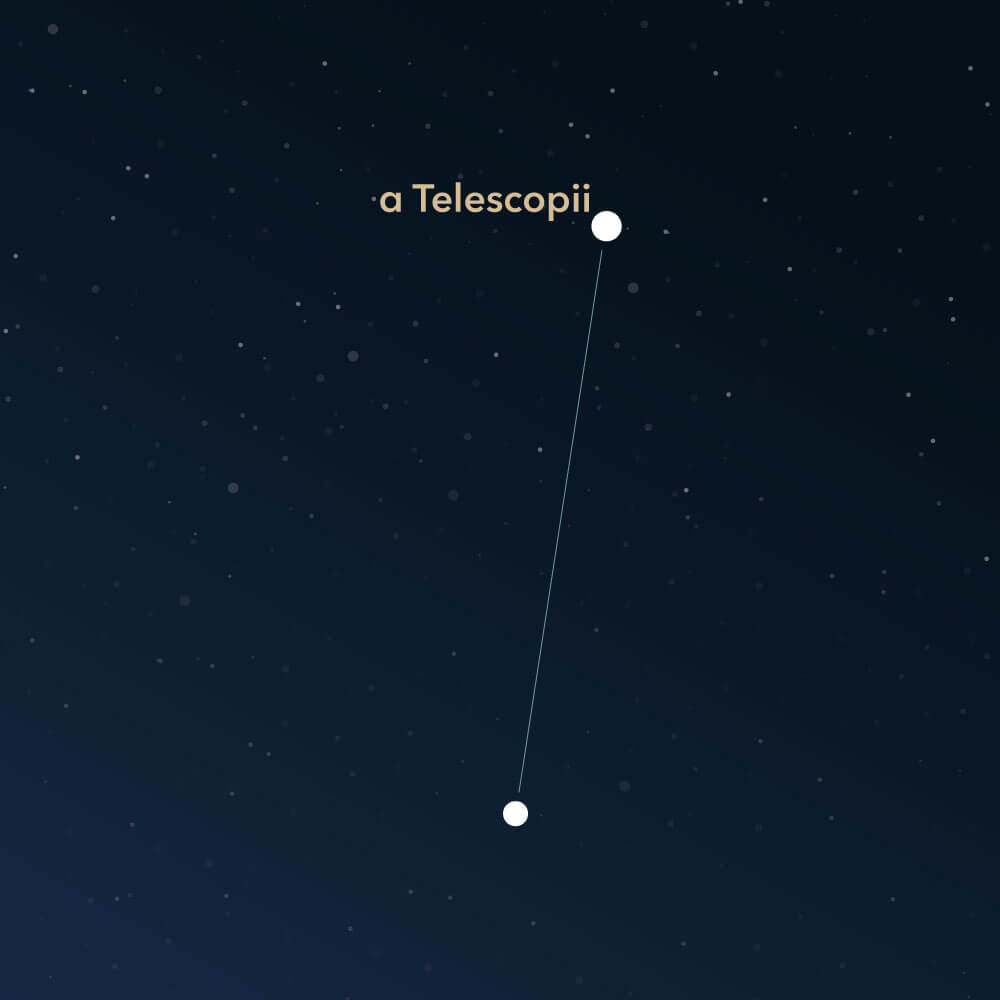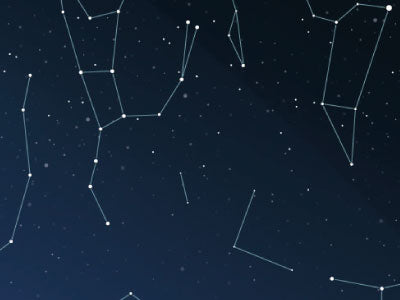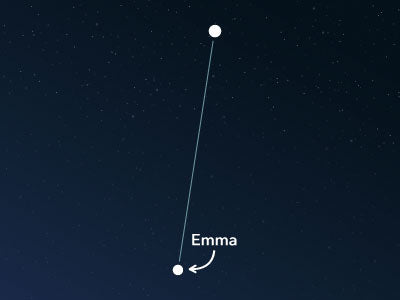The constellation Telescopium
Characteristics
- Other names / Symbolism
- Telescope
- Hemisphere
- Southern hemisphere
- Visibility
- June - August
- Area
- 252 deg²
- Brightest star
- α Telescopii (HIP number 90422)
- Specialties
- Galaxies, globular clusters, planetary nebula

The Telescopium, Latin for the Greek word Telescope, is an inconspicuous constellation in the southern sky. It was introduced by the French astronomer Nicolas Louis de Lacaille and readjusted in 1930. There are some interesting deep-sky objects located in the area.
Hemisphere, visibility, and area
The constellation Telescopium lies in the southern celestial sky and can therefore be observed from the entire southern hemisphere. North of the equator, it is only fully visible up to the 33rd parallel. This corresponds to regions such as Dallas in the United States or Casablanca in Morocco. It is not completely visible from Europe, Canada, and large parts of the United States.
The best view of the constellation is in June, July, and August. It stretches over an area of about 252 square degrees in the night sky, placing it in the 57th position compared to all other 88 constellations.
However, it is not easy to locate the Telescopium as there are only faint stars in the area. The brightest is α Telescopii (Alpha Telescopii), with an apparent magnitude of around 3.5. It is a bluish-white subgiant located about 279 light-years from earth.
In sky maps, Telescopium is always depicted with the two brightest stars forming a simple straight line. α Telescopii forms the northernmost point, immediately adjacent to the neighboring constellation Corona Australis, to which it was initially assigned.
Other neighbors include the Ara to the east and the Pavo to the south. To the west lies the Indus, while to the north, in addition to the Corona Australis, there is Sagittarius, which is particularly known in astrology. The Microscopium is situated to the northwest. The neighboring constellations can be a helpful orientation aid when searching for Telescopium in the night sky.
Specialties in the constellation
In the area of the Telescopium constellation are several exciting objects, none of which can be seen with the naked eye. These include various galaxies, a globular cluster, and a planetary nebula.
The British astronomer John Herschel discovered four galaxies, NGC 6725, 6754, 6761, and 6851, between 1834 and 1836. These are lenticular, elliptical, and barred spiral galaxies, with distances to the Milky Way ranging from 134 to 250 million light-years. The galaxies are located in the eastern part of the Telescopium and belong to a cluster of galaxies extending into the neighboring Pavo constellation.
About ten years earlier, the Scottish astronomer James Dunlop found the globular cluster NGC 6584. It has an apparent magnitude of roughly 9.2 and can also only be seen with professional equipment. Its distance is estimated to be around 43,700 light-years.
History
The origin of the constellation Telescopium goes back to the French astronomer and mathematician Nicolas Louis de Lacaille. In the mid-18th century, he measured the positions of over 10,000 stars from near Cape Town in South Africa. He found that some areas of the sky were not precisely defined or were too large.
For example, he divided the large constellation Argo Navis into the now commonly known constellations of Carina, Puppis, and Vela. Unlike the constellations of Greek mythology, which often bear the names of mythological figures, de Lacaille named the constellations mainly after technical innovations.
One of these new constellations was the Telescopium, which he introduced with the name "Tubus Astronomicus." It was meant to evoke the long-focus single-lens telescopes used in the Paris Observatory during the time of Christian Huygens and Domenico Cassini. In 1782, the constellation appeared in the star atlas "Uranometria sive Astrorum Descriptio" by the German astronomer Johan Elert Bode under the name "Telescopium."
According to de Lacaille's definition, the Telescopium overlapped in several places with adjacent constellations, so the International Astronomical Union (IAU) redefined the constellation boundaries in 1930. The northern part of the Telescopium was assigned to other constellations.
Constellation Visibility Tool
Los Angeles, USA
34.05°, -118.24°
Constellation Observing Guide
This guide shows when the constellation is visible above the horizon and provides the optimal viewing window when the sky is darkest. Times are displayed in the location's timezone (PDT).
🎯 Best Observing Window
Optimal time when the constellation is fully visible AND the sky is at its darkest. Perfect for telescopic observations, astrophotography, and viewing faint details.
Optimal start
21:12
Jul 24, 21:12
Optimal end
01:52
Jul 25, 01:52
Duration
4.67h
Prime observing time
✨ Perfect Observing Conditions
This is the overlap when the constellation is above horizon AND the sky is at its darkest. Ideal for telescopic observations and photography.
Constellation Visibility from Your Location
2
Visible Stars
0
Never Rise
0
Always Up
100%
Visible
All stars of this constellation can be observed from your location
Constellation Visibility
When the constellation is above the horizon (includes daylight hours)
Rises
20:01
Jul 24
Fully Up
20:29 – 01:52
Jul 24
Starts Setting
01:52
Jul 25
Fully Set
02:16
Jul 25
Above Horizon Times
Includes daylight hours when stars aren't visible to naked eye.
Astronomical Night
When the sky is darkest (sun >18° below horizon)
Dark sky begins
21:12
Jul 24
Dark sky ends
05:02
Jul 25
Darkest Sky Period
Sun more than 18° below horizon. Best for faint objects.
Observing Tips
Read more interesting articles

An overview of all 88 constellations
Learn more about all 88 constellations and read interesting information about the mythology, visibility, and features.

Planetarium App
Discover the night sky with our planetarium app!
Available for iOS and Android.

Name a star in the constellation Telescopium
Name a star in a constellation and create something that lasts for eternity.